Description
Epimedium leptorrhizum
A lovely plant that will add charm to any woodland planting, performing well in most shady spots, but also growing in quite dry areas. The leaves consist of three long pointed leaflets with quite a rough leathery texture. They emerge a subtle rusty brown and fade sea green with a glaucous underside, slowly spreading to make good ground cover. The flowers are a true delight, pale translucent pink, curiously clawed and hanging in tight clusters. Trim off old leaves in early spring to reveal the flowers better. 15cm tall. Introduced by Ogisu fron Sichuan, China
‘Delightful at all times for many of them are evergreen, their Spring leaf tints which follow the flowers are delicious, and in Autumn they fall into tone with the season with rich tints of brown, russet and gold.’ – A.T. Johnson
Epimediums are a rare thing; they are both exquisitely beautiful and highly tolerant in regard to growing conditions. In British gardens they grow well in all but the wettest and most alkaline soils, with many being very tolerant of dry conditions where they can provide superb ground cover; the Epimedium x perralchicum varieties excel particularly as do forms of Epimedium x versicolor. The one constant is that they all require a degree of shade. Whilst many do cope well with dry shade, more moisture and humus in the soil is beneficial.
In order to best view the flowers, and in many cases to get the best from the beautifully marked new leaves it can be beneficial to cut away all of the old leaves in early Spring just as the flower spikes break the surface. In this way you get the best from the evergreen foliage and the best from the flowers.
Epimediums are members of the same plant family as the shrubs Berberis and Mahonia, a fact that may not be obvious from the foliage, but makes a lot of sense when the flowers are seen at close quarters. Across the Genus the flowers vary greatly in shape. In some the sepals are well rounded and the flowers face out, but in others the flowers hang and the sepals are long spurs giving the flower a crab –like shape.
Barrenworts occur in the wild from the Mediterranean East to Japan with their greatest numbers being found in the Orient.
The common name ‘barrenwort’ comes from a belief that the root could prevent women becoming pregnant. This may be of some comfort when you consider other common names, such as horny goat weed, which stems from the legend of a Chinese goat herder noticing increased sexual activity in his animals after eating Epimedium. The dried leaves of Epimedium grandiflorum are used as a tonic in China called Fang-chang tsao (translated as ‘give up stick’) on account of its tonic effect on the elderly.
Epimedium – Berberidaceae
Bishop’s Hat, Bishop’s Mitre, Barrenwort, fairy wings, horny goat weed, rowdy lamb herb, randy beef grass, yin yang huo.

















































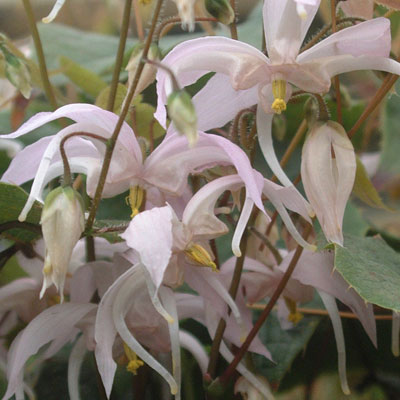
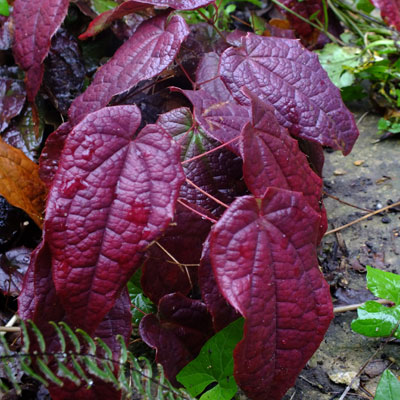
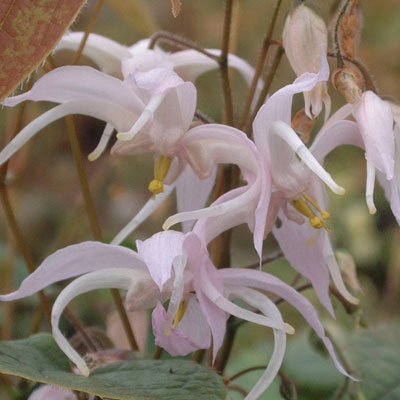
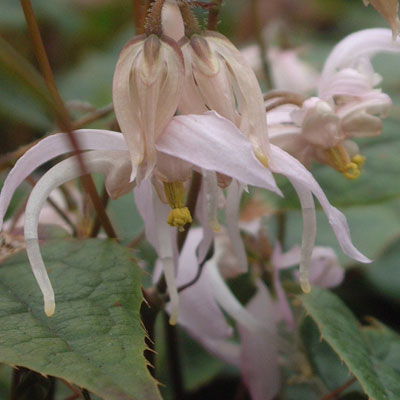
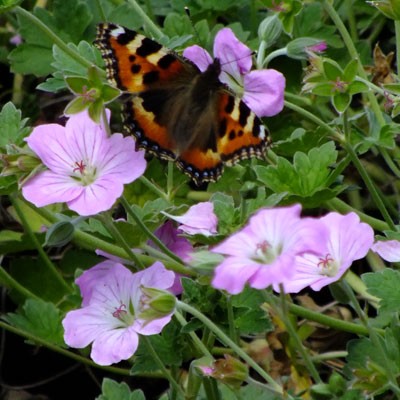
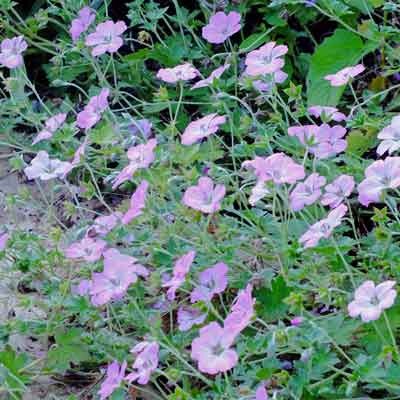



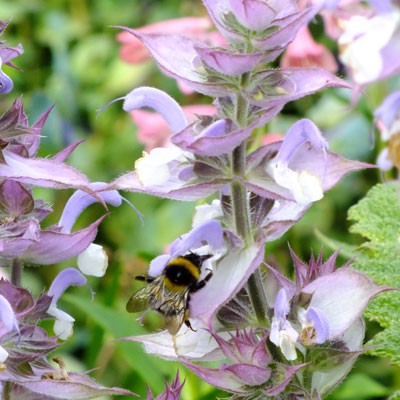

Reviews
There are no reviews yet.